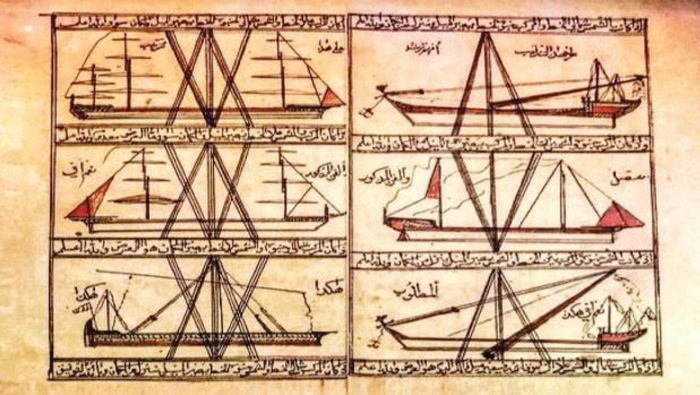
Muscat: Omani researchers said that there are an estimated 60,000 Omani manuscripts distributed among private and public libraries, some cultural institutions.
Ten per cent of such manuscripts are reachable, and 1 per cent exist on the internet. They added, “This is very confusing and calls for serious steps to collect these treasures and calls on everyone to join forces to create a digital unit that brings together all the digital projects currently being adopted by some government and private bodies”.
Dr. Saleh bin Sulaiman Al Zehaimi, Chairman of Trans Gulf Information Technology Company, said in a paper presented during the seminar organised by the National Commission for Education, Culture and Science, in collaboration with the Oman Memory Centre about Omani manuscripts on the occasion of the Arab Manuscript Day, “In order to establish a unified national project to put the Omani Manuscripts on the internet in accordance with the international standards, it requires us to identify existing projects in the digital field”.
He added, “The Ministry of Heritage and Culture is diligent in digitising the Omani manuscripts and has gone a long way in this respect. The issue still needs double effort in this aspect to put this treasure on the internet. The National Records and Archives Authority (NRAA) is making great efforts to digitize the Omani manuscripts, many of them are outside the Sultanate, but they managed to reach and this is great effort that needs to be highlighted”.
On the other hand, Sultan bin Mubarak Al Shaibani said in a paper entitled “Migratory Manuscripts, Problematic Concept and Meaning” that there are many migratory manuscripts from their homelands to our homeland that many people do not know and we should catalogue, describe and post to let others know about them. They are not less important than many Omani manuscripts, especially if we consider the Omani manuscripts as messengers of peace and introduction messages with other peoples. Thus it is necessary to establish an integrated database of these manuscripts and must be identified by the Omani researchers”.